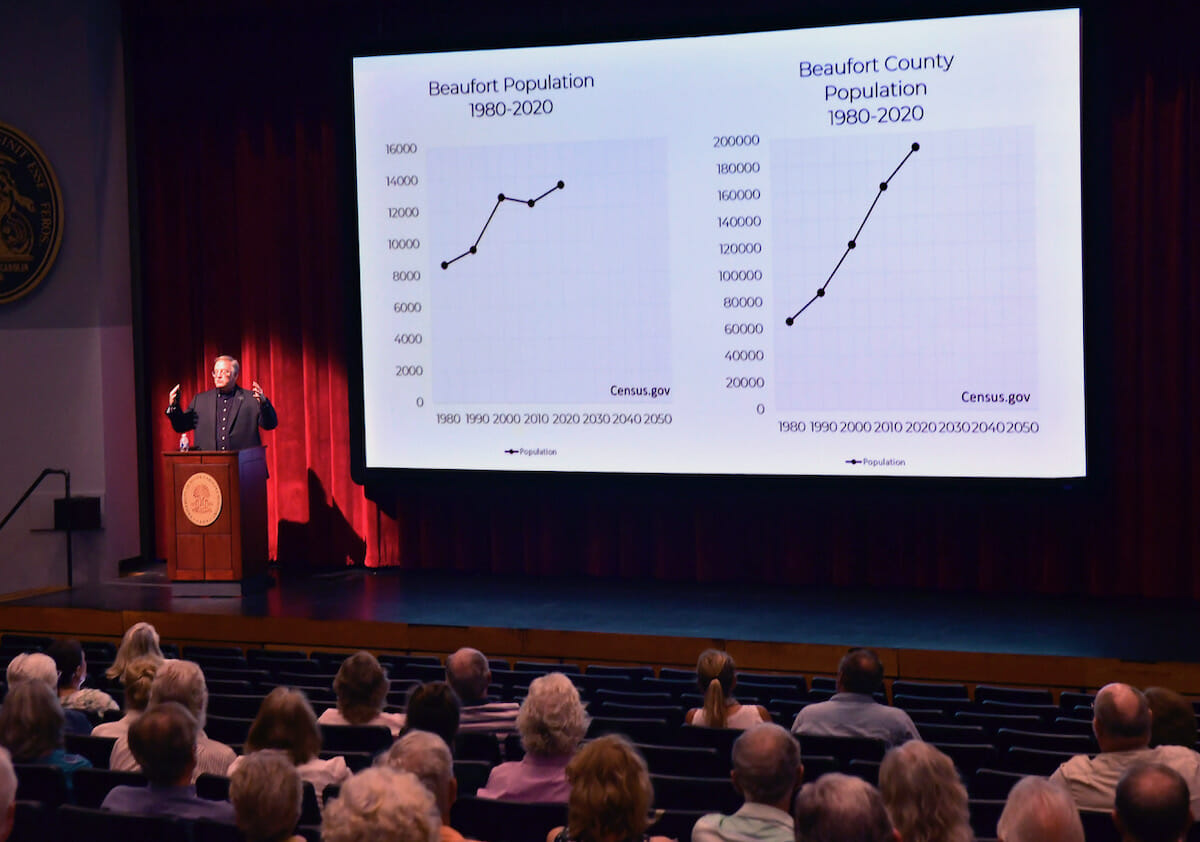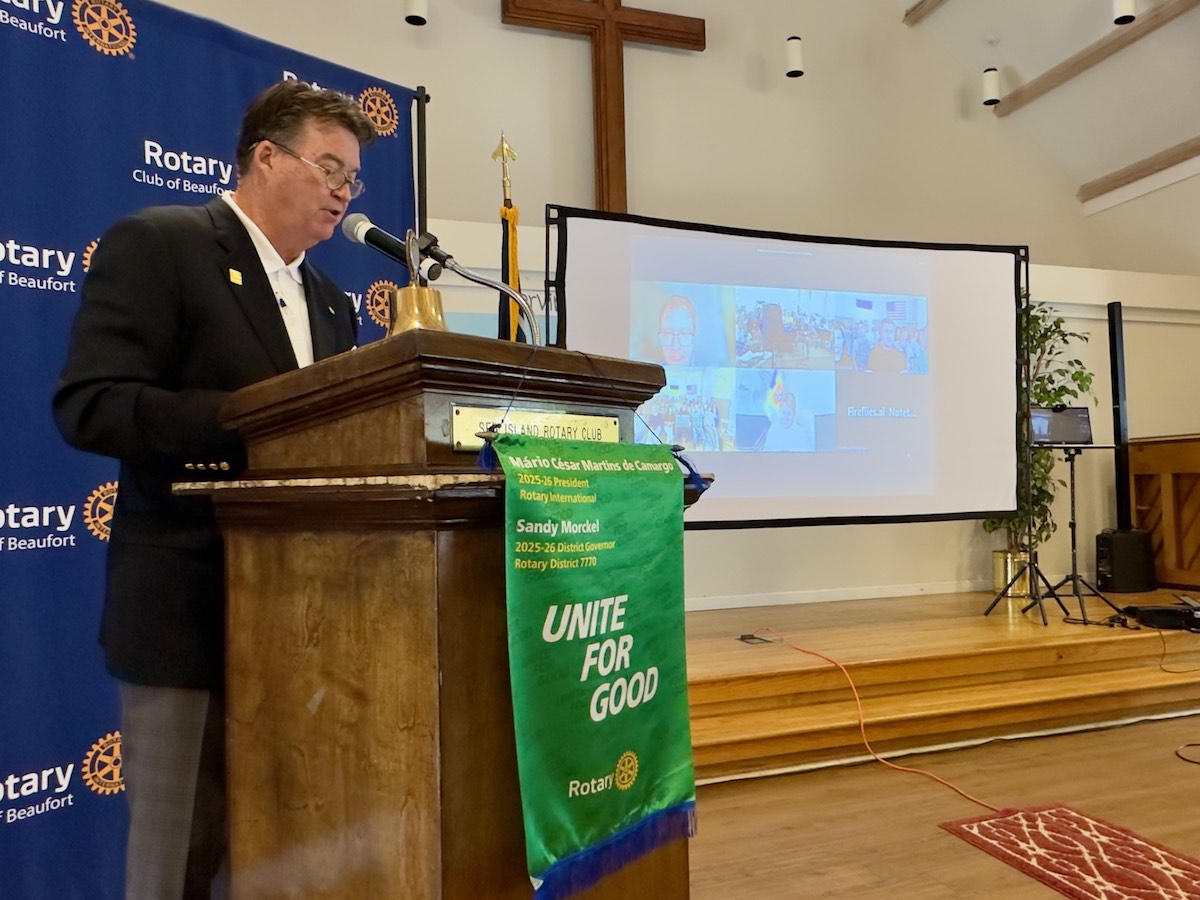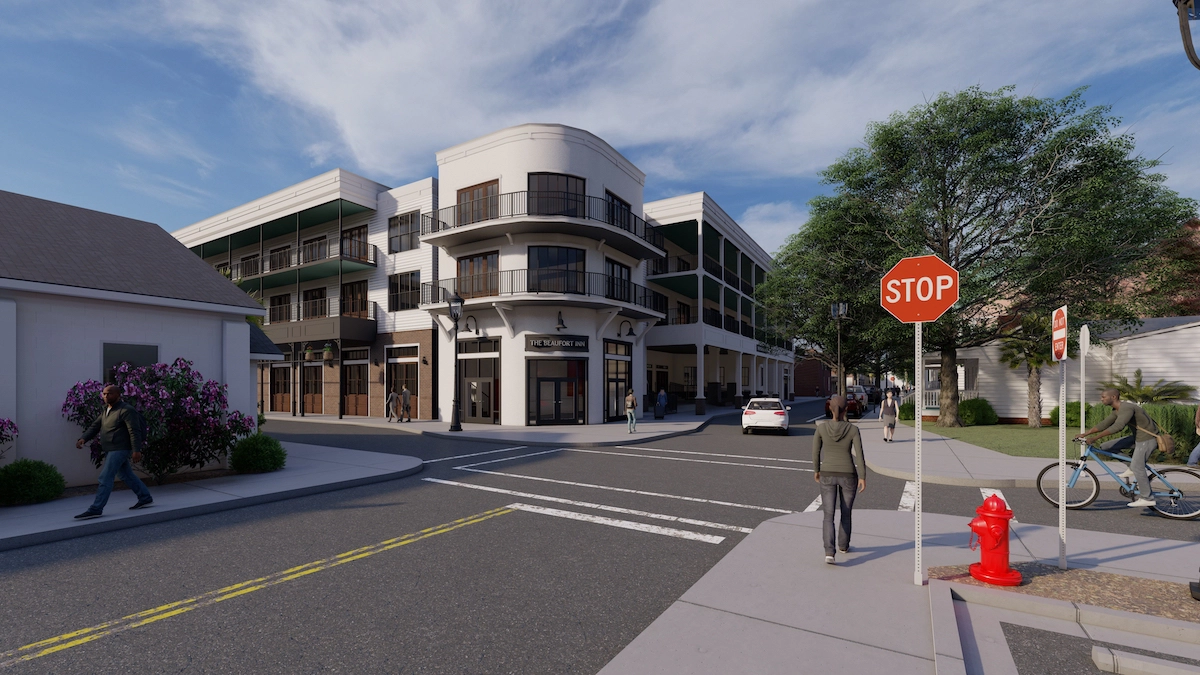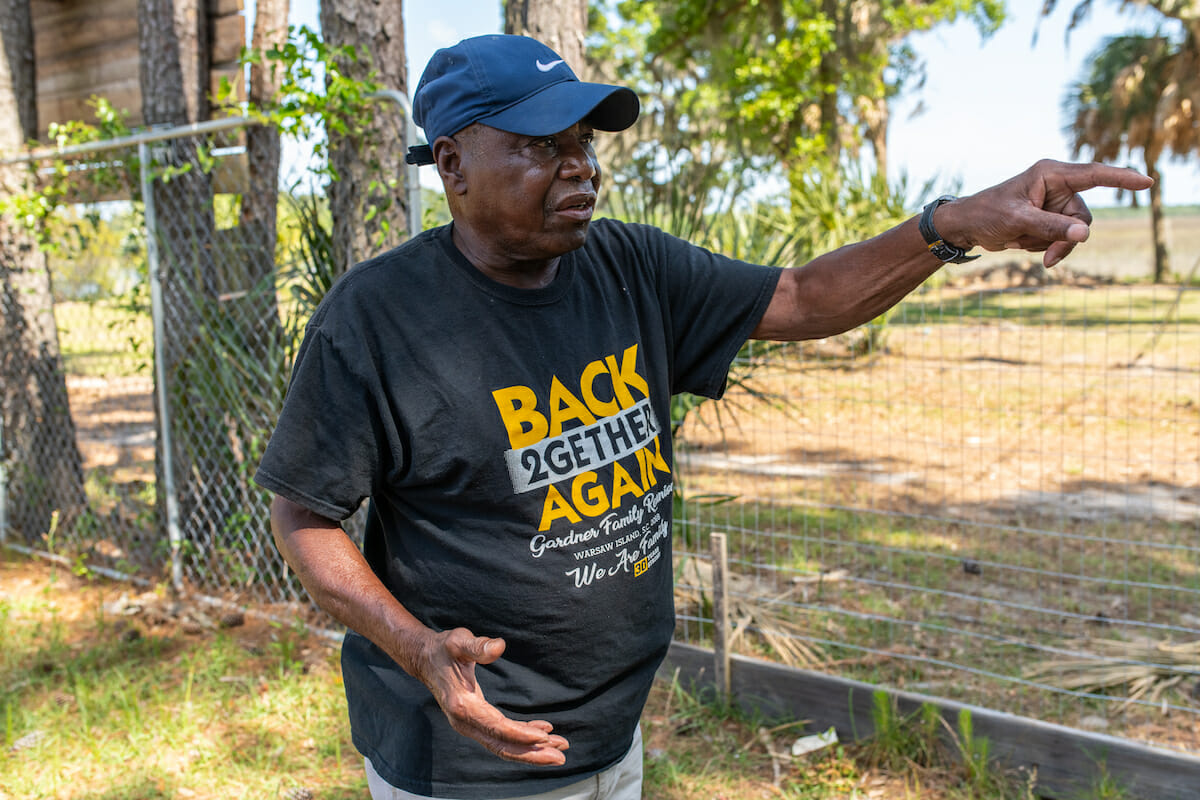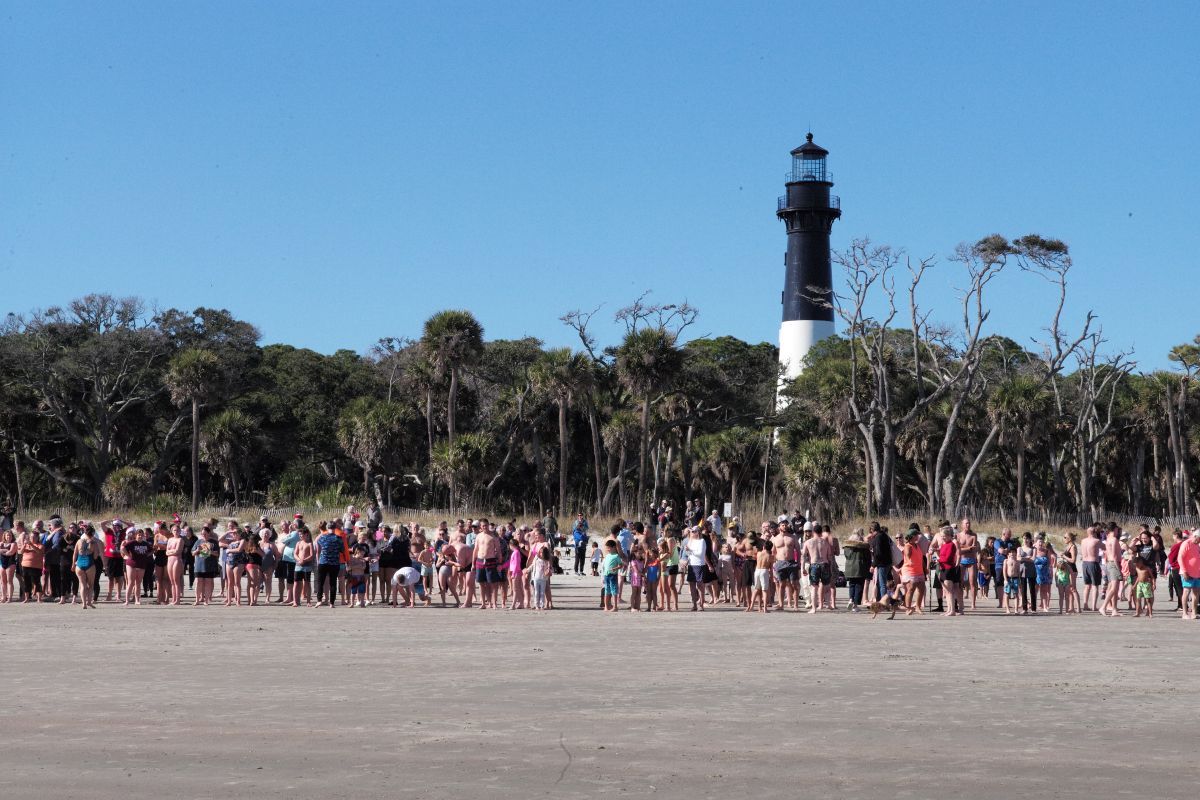By Tony Kukulich
Victor Dover, a nationally renowned planner and land-use expert, was in Beaufort for three days last week to offer strategies that can help the city manage its inevitable growth in a manner that retains the city’s Lowcountry character and the natural resources that define the region.
“The urgency for the forum came from the omnipresent realization that Beaufort has been discovered by the masses, and that it is up to us to support, guide and advocate for what makes Beaufort special in the wake of new growth,” Open Land Trust Director of Land Protection Kate Schaefer said. “Victor shared great insight, advice, and examples to help guide Beaufort when developers come knocking.”
Dover opened his Tuesday night presentation, held at the USCB Center for the Arts, by emphasizing that communities need to thoughtfully decide what they want to be.
“People don’t get the city that they want or the town that they want or the village that they want from the Easter Bunny or from Santa Claus,” Dover said. “They get it by drawing lines on a map and showing it to their neighbors or their fellow leaders and saying, ‘How about like this,’ actually deciding what they want.”

No stranger to the Lowcountry, Dover previously worked on the Port Royal revitalization plan and Beaufort’s Boundary Street plan. He made it clear that future growth pressure in Beaufort will be significant.
“The actual numbers are daunting,” he said. “If you look at the census, the change in population from 2010 to 2020 in Beaufort County is 15.3 percent. That’s a dramatic amount of growth.”
Looking at the growth curve leads city planners to ask what the future will hold and how it can be managed. According to Dover, the strategy of building on large lots far from work, shopping, dining and recreation is the wrong approach.
“Density is your friend,” Dover said. “Density means that you don’t have to build everywhere to satisfy the economic propulsion and momentum and market demands and growth pressure that you’re trying to solve. Density means that you can actually bring things together in community to make it feel nicer. You’ll have enough souls to support that corner commerce. Density is not this big enemy that people make it out to be.”
Dover added that while housing density can help solve many of the challenges presented by growth, there is no magic number that will guarantee success. Success will also depend on good design. The important design elements, Dover said, have been staring Beaufort residents in the face for centuries. They are the design elements that have long been present in the historic district – narrow lots, front porches, conversation distance from the front porch to the sidewalk, interconnected street networks and the fronts of homes facing the street.
“Our challenge in the community is to encourage appropriate and desirable development in each sector of the City,” said Dick Stewart, developer and founder of 303 Associates. “Curtailing sprawl, accommodating parking and cars, providing public access to public assets are all important factors in quality of life. Victor’s suggestions are easiest to apply in greenfield areas. Compromise and incremental progress are required in redevelopment areas. We applaud the city seeking answers. Victor offers good answers but not one-size-fits-all answers as some would prefer.”
Having a well defined civic master plan is important, but useless if city managers allow deviation from the plan every time a large, national developer shows up and wants to do things their own way. Conceding to that sort of pressure, Dover said, is a race to the bottom.
“When the would-be investor/developer arrives in town, they need to very quickly get the message that what you’re set up for here is what it said on the final paragraph of the civic master plan – building more of what the real Beaufort really is,” Dover advised. “If that’s not what they want to do, then don’t feel bad when they walk away. That’s perfectly OK.”
Following Dover’s presentation, he spent two full days with the Beaufort city council to discuss opportunities to improve the city’s development code during. Mayor Pro Tem Mike McFee provided feedback on the two-day strategy session during the joint council meeting conducted with the Town of Port Royal Tuesday night.
“The deep dive was specific to a lot of the things that we’d already dealt with as being issues and problems,” McFee said. “It gave us a great opportunity to talk about how the code works really well but has some shortfalls from the standpoint of how we sort of custom designed it for the City of Beaufort.”
In the same meeting, Mayor Stephen Murray said that updates to the city’s ordinances resulting from the meeting would start getting proposed over the next three to four months.
“Eighteenth-century streets and buildings are easily overwhelmed by inappropriately large buildings with little or no architectural merit,” said Cynthia Cole Jenkins, executive director of the Historic Beaufort Foundation. “Zoning guides and informs use and development as well as design. Mr. Dover’s understanding of form-based zoning codes and the complex issues associated with it was thought provoking and insightful.”
Tony Kukulich is a recent transplant to the Lowcountry. A native of Wilmington, Del., he comes to The Island News from the San Francisco Bay Area where he spent seven years as a reporter and photographer for several publications. He can be reached at tony.theislandnews@gmail.com.

